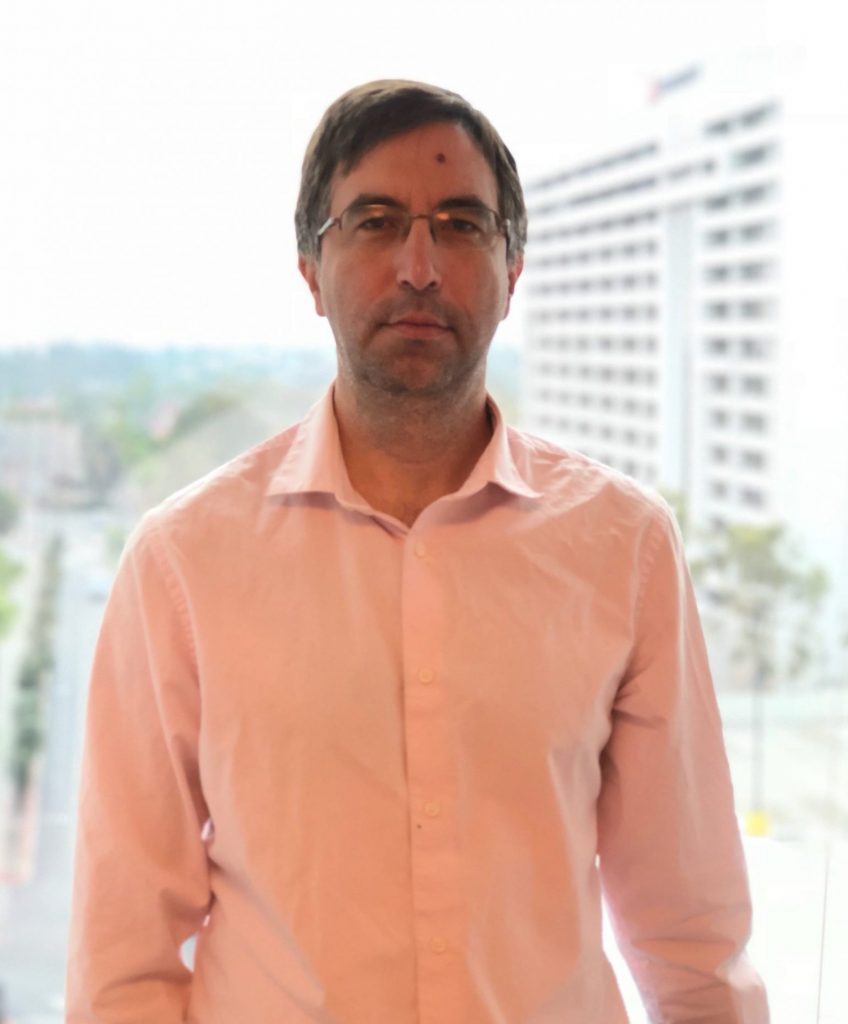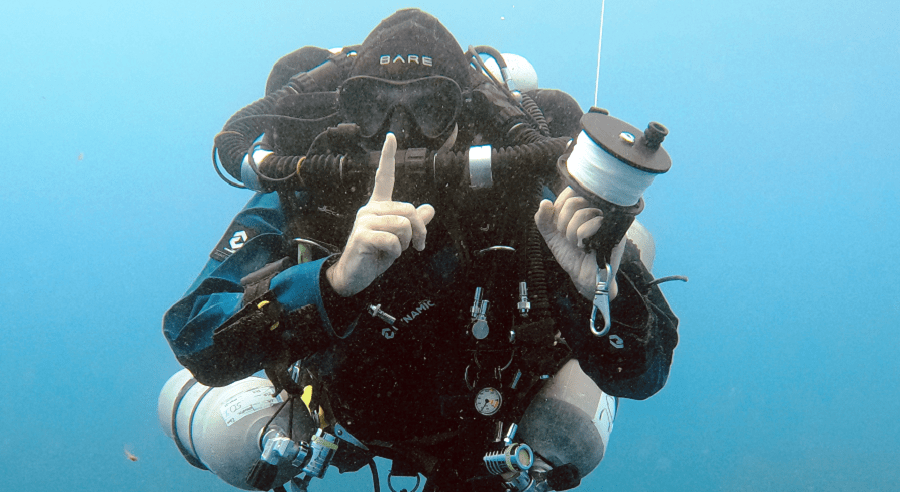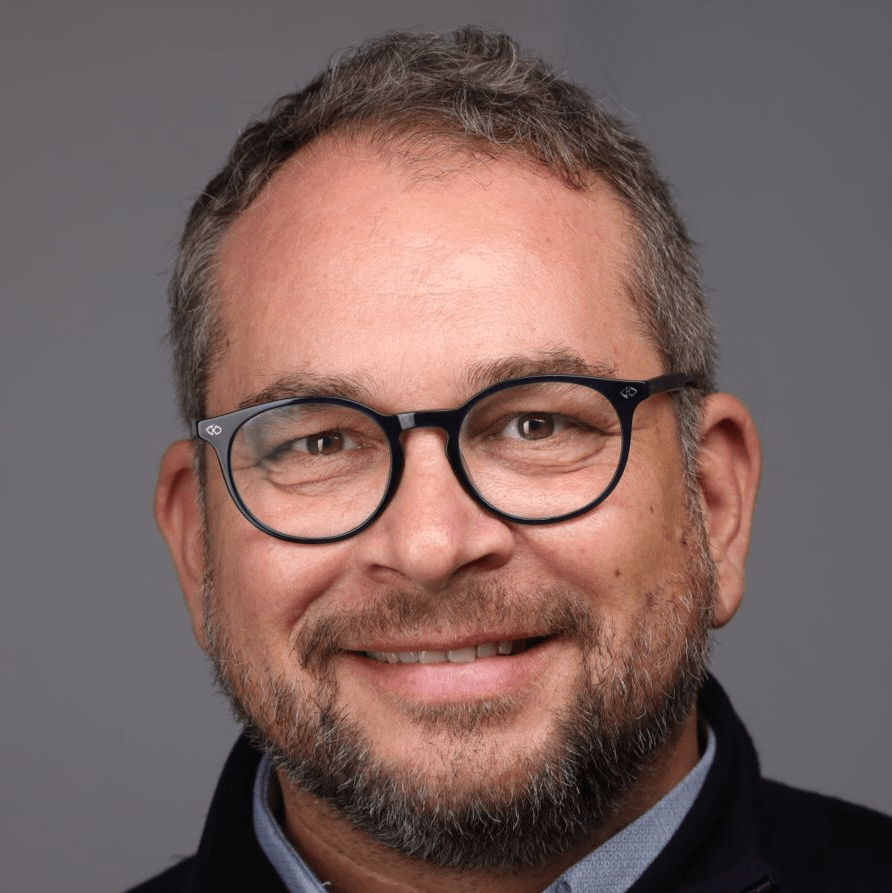 Dr. Joan Oliva Vilana is a Doctor in Molecular and Cellular Endocrinology. He is the manager of Preclinical Studies, at Emmaus Medical, Inc., and a member of the Editorial Board of the International Journal of Molecular Sciences.
Dr. Joan Oliva Vilana is a Doctor in Molecular and Cellular Endocrinology. He is the manager of Preclinical Studies, at Emmaus Medical, Inc., and a member of the Editorial Board of the International Journal of Molecular Sciences.
He graduated with honours from the University of Montpellier II (France), in 2005. The topic of his PhD thesis is the “Study of silencing mechanism induced by Hydroxytamoxifen, in breast cancer cells”. The goal of his work was to determine the epigenetic modification related to the resistance of breast cancer during tamoxifen treatment, one actual drug to treat breast cancer. Breast cancer resistance is related to the silencing of specific genes forever. He discovered that the silencing of genes in breasts cancer is due to the methylation of some genes, with the participation of HP1 proteins. HP1 proteins are involved in condensation of the DNA, changing the structure of the DNA.
All works were presented on different Scientific Meeting (over 60 oral presentations): American Association for the Study of Liver Diseases, The American Society of Cell Biology, Keystone Symposia, FASEB Experimental Biology, Association for Research in Vision and Ophthalmology, International Society for Eye Research, International Society for Stem Cell Research, Society of Cryobiology. Furthermore, his work was published in international peer-reviewed journals (over 50 publications): Experimental Molecular Pathology, Hepatology, Alcoholism: Clinical and Experimental Research, World of Gastroenterology, The Journal of Pharmacy and Pharmacology, Tissue Engineering and Regenerative Medicine, International of Molecular Science, Ocular Surface, Journal of Ophthalmology, Regenerative Medicine, Journal of Tissue Engineering and Regenerative Medicine. With this experience, he became part of the Editorial Board of International Journal of Molecular Sciences.
Field of research: Stem Cells, Regenerative Medicine, Tissue Engineering, Orphan Diseases.
Your scientific work started with the investigation of the epigenetics of cancer. Tell us about your later research.
I was recruited by Dr S.W French, at LA BioMed (2006-2011), to work on the project “Study of liver diseases, epigenetics phenomenon, Mallory-Denk bodies (MDBs) formation and identification of early hepatocarcinoma markers”. In the first project, I studied the effect of the ethanol on the liver, especially on the proteasome inhibition and the induction of epigenetic modification. The inhibition of the proteasome leads to a mis-recycling of proteins and a dysregulation of the cells physiological function. The accumulation of proteins in the liver, due to the inactivation of the proteasome, leads to liver injury and impairs its normal function. Ethanol drinking induces fatty liver where Mallory-Denk bodies (accumulation of unwanted proteins) can be formed, as one consequence of the proteasome inhibition. I discovered that the protein FAT10 is overexpressed in the liver cells, forming Mallory-Denk bodies (MDB), which are poor prognostic for the patient’s survival.
You discovered that FAT10 and Mallory-Denk bodies, overexpressed human liver, could form hepatocarcinoma.
Yes, we discovered that FAT10 could be used as an early marker of tumour formation in liver cancer. FAT10 overexpressed was detected in cells forming MDBs. A similar phenomenon was discovered in human hepatocarcinoma but also cirrhotic livers.
Based on in vitro studies, one of the causes of MDBs formation and the overexpression of FAT10 is a chronic inflammation, which could be used as a therapeutic target to decrease the risk of MDBs formation. In in vitro studies, the use of SAMe (a methyl donor) could prevent the formation of MDBs, and also the expression of FAT10. It is believed that methyl donors could decrease the frequency of liver cancer or improve the patient’s survival. This hypothesis needs further studies (in vitro and human studies) to confirm the potential protecting role of methyl donors.
Tell us about your advantageous technology for engineering artificial multilayer cell sheets.
After working 4 years in Academia, and leading a project to study the liver stem cells in human hepatocarcinoma, I gradually worked more in the field of Regenerative Medicine and Industry, by leading projects related to Stem Cells, between LA BioMed (Torrance, California), CellSeed, Inc. (Tokyo, Japan) and Emmaus Medical, Inc. (Torrance, California). I was fortunate to meet Dr Y. Niihara. He was looking for an expert in the field of cell biology and stem cells to work on an innovative and challenging project based on a new technology: engineering cell sheets using adult stem cells.
The main project was to engineer cell sheets to replace damaged corneas in the case of limbal stem cells deficiency (LSCD). LSCD is caused by genetic diseases, inflammation or chemical injuries. Usually, patients affected with limbal stem cells deficiency can be treated with the cornea of their other healthy cornea, but this approach can induce the development of limbal stem cells deficiency in the healthy cornea. An alternative is to use the cornea from cadavers, but in this case, the risk of rejection is possible and a long anti-rejection treatment (called immunosuppressant) is required which can be harmful, in addition to the low availability of donors.
To overcome those medical issues, a new methodology was discovered based on engineering cell sheet using your own stem cells. We used oral mucosa epithelial progenitor cells that are able to engineer autologous multilayer cell sheet. These cell sheets can be grafted on mono or bilateral limbal stem cells deficient patients. Cell sheet was produced by using oral mucosal epithelial cells from the patient, for an autologous graft. By using adult oral mucosal epithelial progenitor cells, I was able to engineer multilayer cell sheets which are like the corneal epithelium. In vitro studies showed that those autologous cell sheets are capable to regenerate damaged corneas, after their transplantation on the damaged cornea.
Can the cell sheet technology be used for the treatment of other diseases?
Absolutely, but to treat other diseases, you must choose carefully the type of cells you want to use. Their selection depends on the targeted organs. For example, to treat the cornea, which is an epithelium, the best type of cells to use are epithelial progenitor cells which are the precursor of the epithelium. Of course, those epithelial progenitor cells could be used to repair other epithelium like the skin or the esophagus, which are similar in structure. An amazing example that can inspire new generation of scientist in the field of regenerative medicine is a recent publication where the entire epidermis of a child was reconstituted by using epithelial cells and genetically modified to treat genetic disease.
Another example is the use of muscle stem cells, present on the skeletal muscles. After isolation of the muscle stem cells, they can be grown in vitro to engineer cell sheets. Early clinical studies were performed on patients with heart failure. The muscle cell sheets are placed directly on the heart damaged area to improve its functional activity. Initial studies on humans proved that these cell sheets can help the heart to recover its function, but additional work is still needed.
These are just a few examples of diseases that can be treated by cell sheets, such as esophagus, stomach, ears, retina, damaged cartilage etc. In summary, it is always better to use the stem cells located in the damage organs if it is possible, but it is not always the case. That’s the reason I decided to engineer cell sheet using adult mesenchymal stem cells, and especially adipose stem cells which are abundant and they can differentiate into different types of cells.
What steps did you take for engineering cell sheets with stem cells?
Many types of stem cells can be used to engineer stratified cell sheets, but the process to reach this goal is very difficult and precise. In addition, not every type of cell can make multilayer cell sheets, but I will not talk about it, because it might take too long. However, adipose stem cells caught my attention for different reasons. The first one is because it is very easy to harvest large quantities of adipose stem cells, from the fat after liposuctions. The second is these cells can change in any type of cells which make them a very good choice for cell therapy. And finally, their probabilities to trigger an immune rejection from the body is very low. I succeeded to engineer multilayer cell sheets, using human adipose-derived stem cells, that can be grafted on patients or be differentiated into different types of cells as I will explain later.
Another important aspect of the cell sheet technology is their cryopreservation. Once the cell sheets are ready, they should be grafted because they can be considered as a living entity. Based on the sperm bank idea, I decided to cryopreserve the cell sheets in nitrogen liquid. Cell sheets were incubated with cryoprotectants to avoid damage of the cell sheet by the forming ice during the freezing process and to maintain the structure of the cell sheet. This methodology will allow to build a bank of cell sheets, available immediately for patients in need.
What applications does your cell sheet technology have?
Based on my experience in engineering cell sheets and reversing limbal stem cell deficiency, I joined Emmaus Medical, Inc. to keep developing cell sheet engineering methodologies and technology for the treatment for orphan diseases. Emmaus Medical, Inc. is a pharmaceutical company, founded by Dr Y. Niihara, developing treatment for orphans’ diseases, such as an approved drug to treat sickle cell disease patients.
Stem cells are part of cancer, as I discovered during my postdoc period, but stem cells can also be used to treat disease. The past 20 years saw a huge investment in stem cell research. I was interested in using adult mesenchymal stem cells to treat orphans’ diseases, and especially the adipose-derived stem cells. My interest in the mesenchymal adult stem cells grew because they are capable to change into any type of cells like neurons, muscle cells, epithelial cells and many others.
This property gives them the potential to treat a wide range of diseases. I succeeded to engineer multilayer cell sheets, using adipose-derived stem cells, but also in engineering adipocyte cell sheets (potential application: tissue reconstruction), osteoblast cell sheets (potential application: repair of bones), and chondrocyte cell sheets (potential application: cartilage replacement). Adipose-derived stem cells sheets can be harvested and grafted on any damaged organs, without the help of suture and should improve the outcome of the treatment. Different studies performed in laboratories showed the advantage of grafting whole-cell sheets, in a specific area, over the injection of isolated cells in the body. Indeed, injected isolated cells can migrate ectopically in the body and can die quickly while grafted cell sheets are placed directly on the damaged organs, with longer survival time.
Furthermore, the adipose-derived stem cells can be easily isolated from the fat and in large quantities. Above all, these cells don’t trigger a rejection due to the non-immune compatibility, as in the case of organs transplant. In addition, my recent work in engineering humans’ cell sheets with adipose-derived stem cells, lead to a patent. Developing adipose-derived cells sheet was a great accomplishment which is opening highways in the field of stem cells therapy and regenerative medicine. Further studies will help to learn how the differentiated cell sheets can improve the function of damaged organs.
When will the cell sheet technology become available to treat patients?
It is a difficult question to answer, and the answer will be different depending on the type of cell sheet and the disease. Even if the progress in the knowledge and the application of the cells sheets is increasing, we must keep in mind that we are just at the dawn of this field of study. Compare to the test and use of drug, the national agencies (e.g USA: Food and Drug Administration; Europe Union: European Medical Agency, Japan: Pharmaceuticals and Medical Devices Agency) don’t have enough background and experience to evaluate the risk of the stem cells therapies for patients. If we use the drug development as a reference, from the proof of concept to the final approval and marketing of a drug, 12 years pass on average.
Also, only 0.02% of developed drugs get approved for marketing, which is a very low percentage. For cell therapy, it is yet more difficult to answer, because as I mentioned, we don’t have enough experience in this field. An example is the development of cell therapy to treat blindness, it took 25 years before it got approved in Europe (https://www.nature.com/news/behind-the-scenes-of-the-world-s-first-commercial-stem-cell-therapy-1.17022). This timeline seems very long, but the focus of the agencies is to ensure the safety of the patients treated with cells, such as cell sheet. Few approved cell therapies over the world are used to treat patients and they raise strong hopes for patient’s treatment, in the near future.
Interview: Ivan Stepanyan










